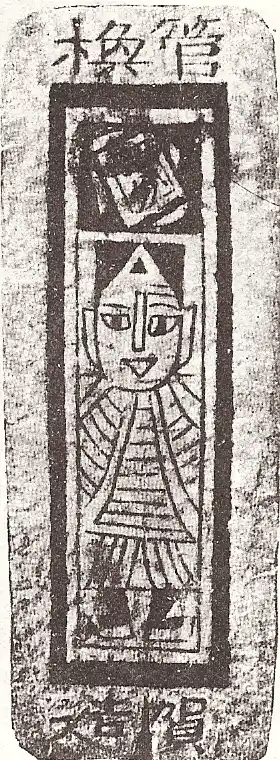
The Fascinating History of Playing Cards
Introduction:
Playing cards have been a source of entertainment and intrigue for centuries, captivating people of all ages and cultures. From casual games to high-stakes gambling, the deck of cards has found its way into countless homes, casinos, and social gatherings worldwide. In this article, we explore the captivating history and origin of playing cards, tracing their roots back through time.
Ancient Origins:
The exact origin of playing cards is a subject of debate among historians, but the earliest recorded evidence points to ancient China. It is believed that playing cards originated during the Tang Dynasty (9th century) and were primarily used for recreational purposes.
The early Chinese playing cards were more “card-like” game pieces rather than what we typically recognize as playing cards today. They were rectangular in shape and usually made of paper, wood, or other materials. These game pieces featured various suits and numerical values, similar to cards, and were used in a similar manner for gameplay.
The Chinese playing cards of the Tang Dynasty were not exactly identical to the modern deck of playing cards we are familiar with. Instead of a standardized deck with a fixed number of cards, these early Chinese game pieces were often handcrafted and customized. The suits and symbols used in the Chinese cards varied from region to region and even from one set to another.
The purpose of these early game pieces was to facilitate gameplay in a similar way to how playing cards are used today. Players would use these pieces to participate in various card-like games, involving matching, betting, and strategic decision-making.
Early Card Games in China:
The Chinese playing cards of the Tang Dynasty consisted of four suits: coins, strings of coins, myriads (akin to a myriad of strings of coins), and tens of myriads. The cards within each suit were numbered, ranging from one to nine, and also featured various illustrations. The games played with these cards were diverse, ranging from simple matching games to more complex gambling and betting activities.
Introduction to Europe:
Playing cards gradually spread from China to the Middle East, India, and Egypt through trade routes. It was during the 14th century that cards made their way into Europe, likely arriving in Spain or Italy. The cards introduced to Europe had a structure similar to the Chinese cards, featuring suits and numbered cards.
Evolution and Regional Variations:
As playing cards gained popularity across Europe, different regions began to develop their own variations and designs. In Italy, the suits evolved into cups, swords, coins, and clubs, which later influenced the Spanish and Portuguese decks. The French introduced the iconic suits of hearts, diamonds, spades, and clubs, which are widely used in the modern standard deck.
Playing Cards in the Renaissance:
During the Renaissance period(15c – 17c), playing cards flourished, becoming a popular pastime among the European nobility and upper classes. Beautifully handcrafted and adorned with intricate designs, playing cards became a status symbol and a source of artistic expression. Tarot cards, initially used for divination purposes, also gained popularity during this time.
The Rise of Printing:
The invention of the printing press by Johannes Gutenberg in the mid-15th century revolutionized the production of playing cards. Printed decks became more accessible and affordable, allowing cards to reach a broader audience. This advancement marked a significant milestone in the popularization of playing cards and paved the way for mass production.
Playing Cards and Gambling:
As playing cards became more widespread, they found their way into the realm of gambling. Casinos and gambling houses started featuring various card games, ranging from simple betting to intricate games of skill and strategy. The association between playing cards and gambling grew over time, leading to the development of iconic games such as poker, blackjack, and baccarat.
Playing Cards in the Modern Era:
With advancements in technology, playing cards have evolved beyond their traditional forms. Digital versions of popular card games have become immensely popular, allowing players to enjoy their favorite games on computers, smartphones, and gaming consoles. However, traditional playing cards still hold a special place in the hearts of enthusiasts who appreciate the tactile experience and social interaction they offer.
Conclusion:
Playing cards have traveled a remarkable journey throughout history, transcending borders and cultures. From their mysterious origins in ancient China to their widespread popularity in modern times, playing cards have provided countless hours of entertainment, intrigue, and camaraderie. As we continue to enjoy the timeless allure of playing cards, we pay homage to their rich history and their ability to bring people together in the spirit of friendly competition and fun.

A woodcut printed Chinese playing card found near Turpan (or Turfan) (吐鲁番市), Xinjiang region, China, dated c. 1400 AD during the Ming Dynasty. From the Museum fur Volkerkunde, Berlin. Its dimensions are 9.5 cm by 3.5 cm.
